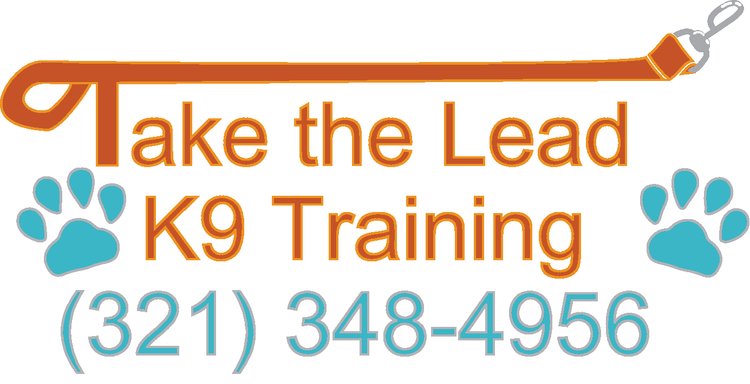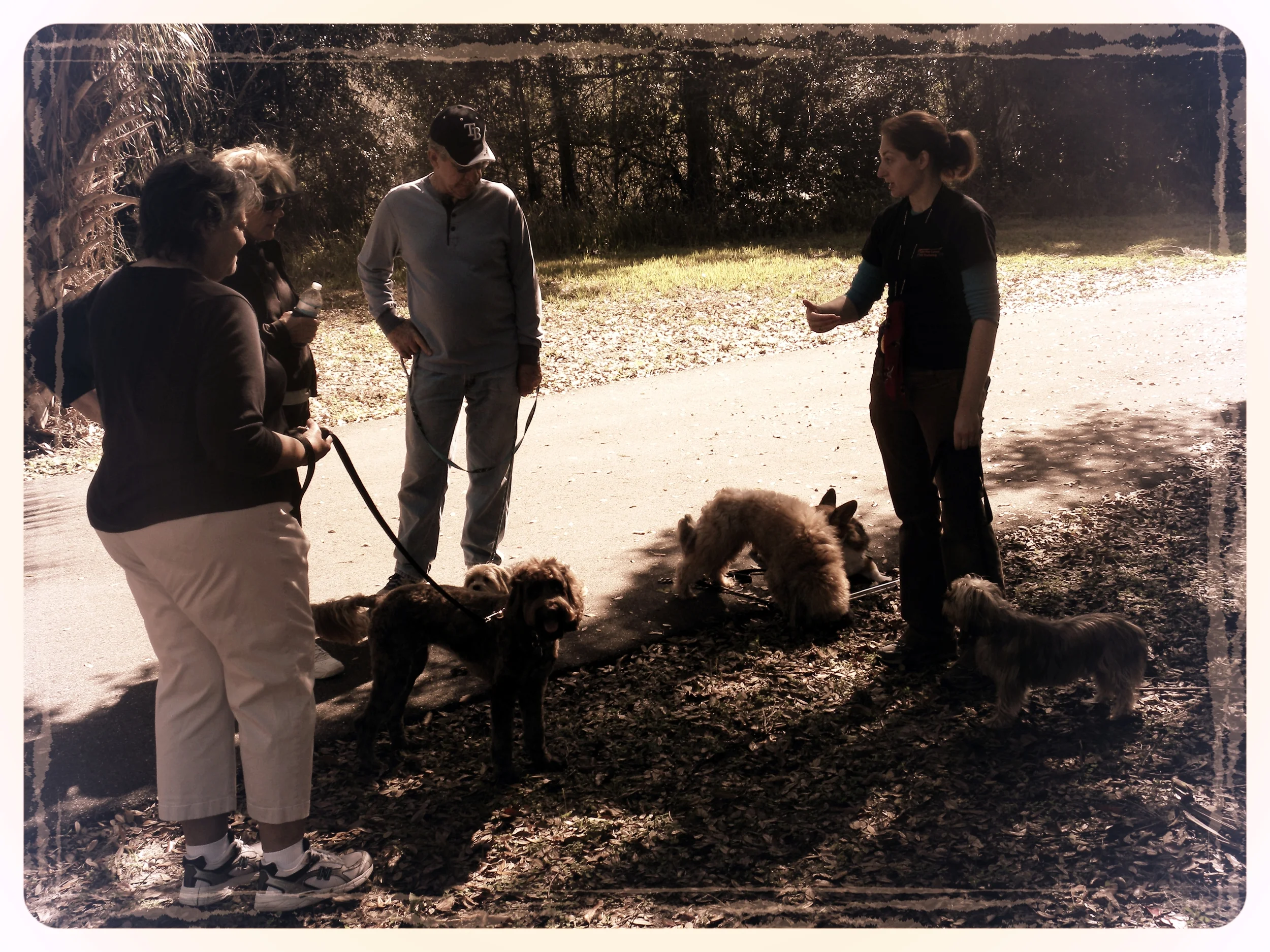The Formula to a Calm and Happy Dog-Filled Life!
This is a super easy formula that I share with my clients and utilize daily, to create a calm and well balanced home. It works amazing for puppies and dogs of all ages, because all dogs (no matter how many you own) benefit from boundaries and guidelines to follow :)
Think of your life with dogs as they are students, and you are their teacher. You are looking out for their best interests and trying to help them learn to make good choices, so they will have the tools to succeed in life and be polite members of society.
Think of the inside of you home as the classroom. You teach your dogs to be calm, and polite. Work on obedience commands to set boundaries and give them things to focus on. The classroom is no place for running laps, screaming, wrestling, or cutting up. There are rules in the classroom--and they must learn to respect this space. Correct them for getting out of hand, and show them something more productive to do. I love place command and down/stays inside of the house, because it makes for a calm dog that is not getting into trouble. Give them a chew bone or toy, and let them be productive--not destructive :)
Think of your walk as P.E.--that's right physical education! Your structured walk is an opportunity to teach your dog how to behave outside of the home. This is a really important aspect to your relationship with your dog, and it is vital that your dog still sees your walk as a learning process, not a party. No pulling, barking, sniffing every blade of grass, or peeing on every mailbox--this is about moving together as a unit and your dog tuning into you. If you're struggling at it, keep working on it! However, if your dog is just pushing you out of the way to do whatever it wants, yet you don't mind--think about your student-teacher relationship. Who should be in charge, and help them make better choices? Your dog needs to be aware that you are just as important to being outside as all of those other things he can be distracted by. Being in control of your dog "out in the world" is one of the biggest challenges, but most rewarding accomplishments when you get there!
Think of your backyard as recess! Yes, dogs can have fun, too! ;) Let them know when they can let their hair down and have a good time! They've earned it with all of the hard work and polite behavior they've been giving you! However, there is always a teacher supervising recess--so no monkey business! (Like charging your fence and barking at dogs on the sidewalk, being rude to other dogs in your yard, jumping all over you or guests, playing too rough, etc.) Your dog will be able to differentiate where they play and where they stay calm, instead of turning your living room into a playground.
When you set rules and boundaries for your dog, you'll be surprised at how much incredible behavior and focused attention you get from them! When we give them good information, they are happy to take it from us! Let's set them up for success--teach them how to behave in their environment, be consistent about that message, and have a dog who has some great new habits!








